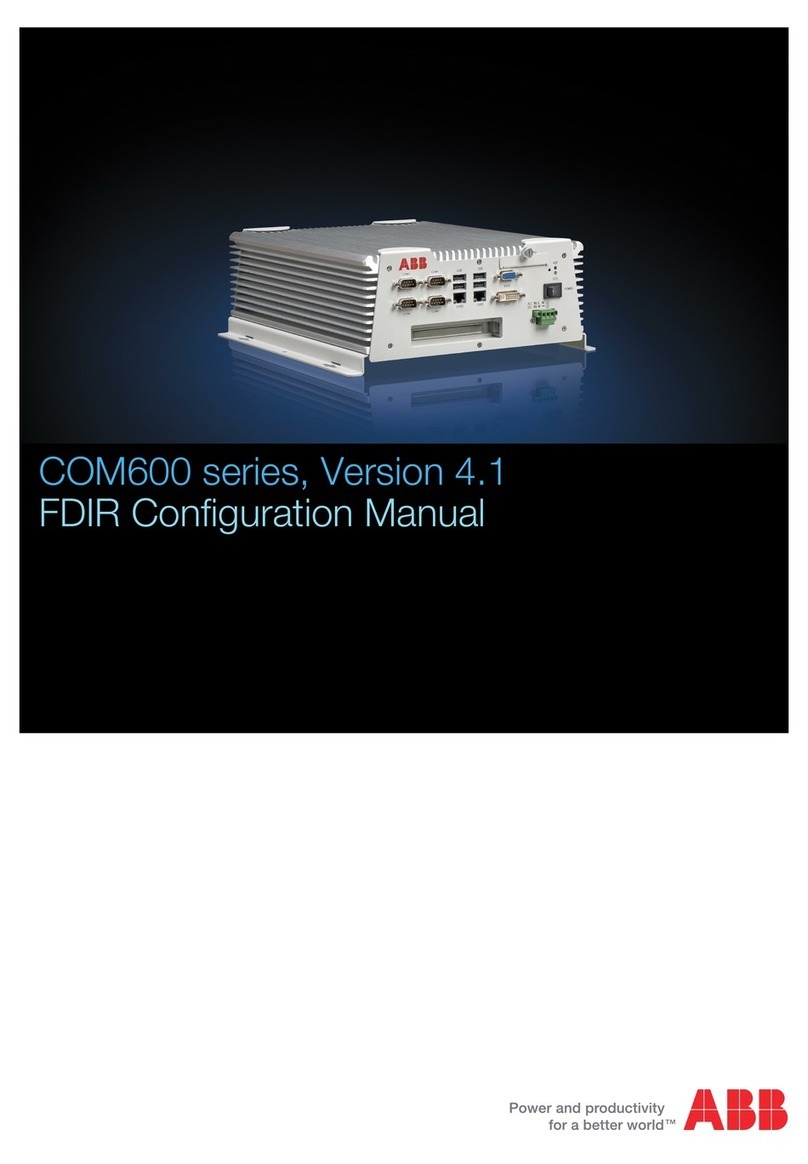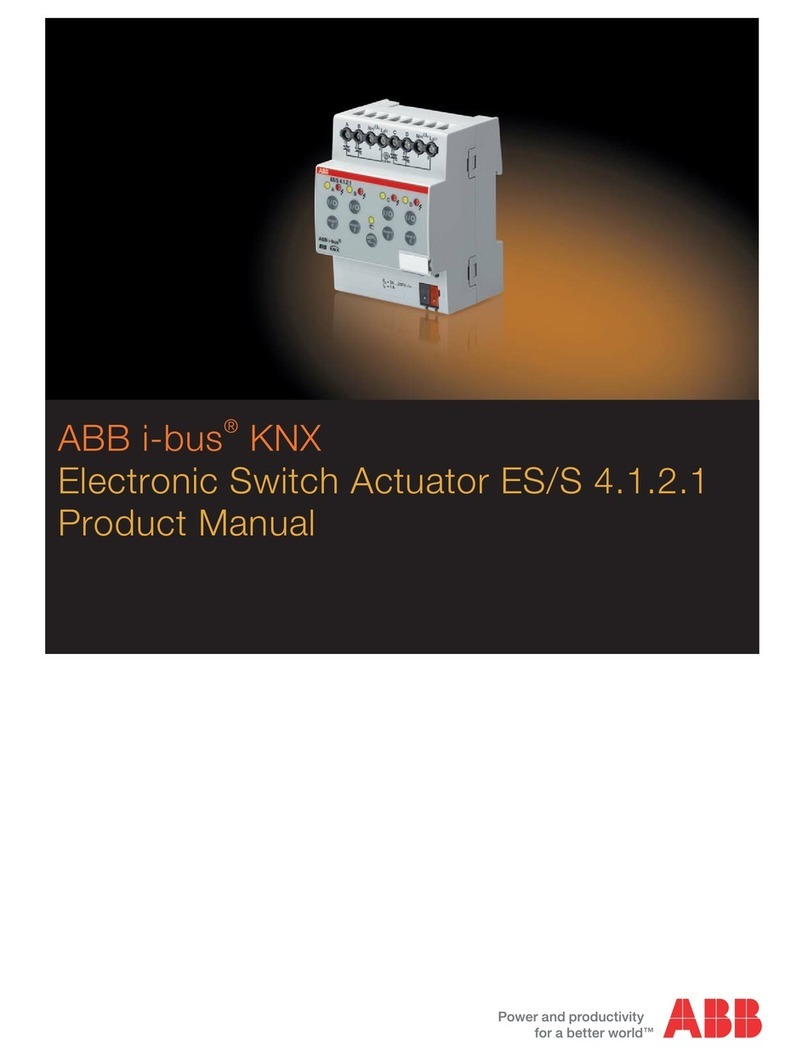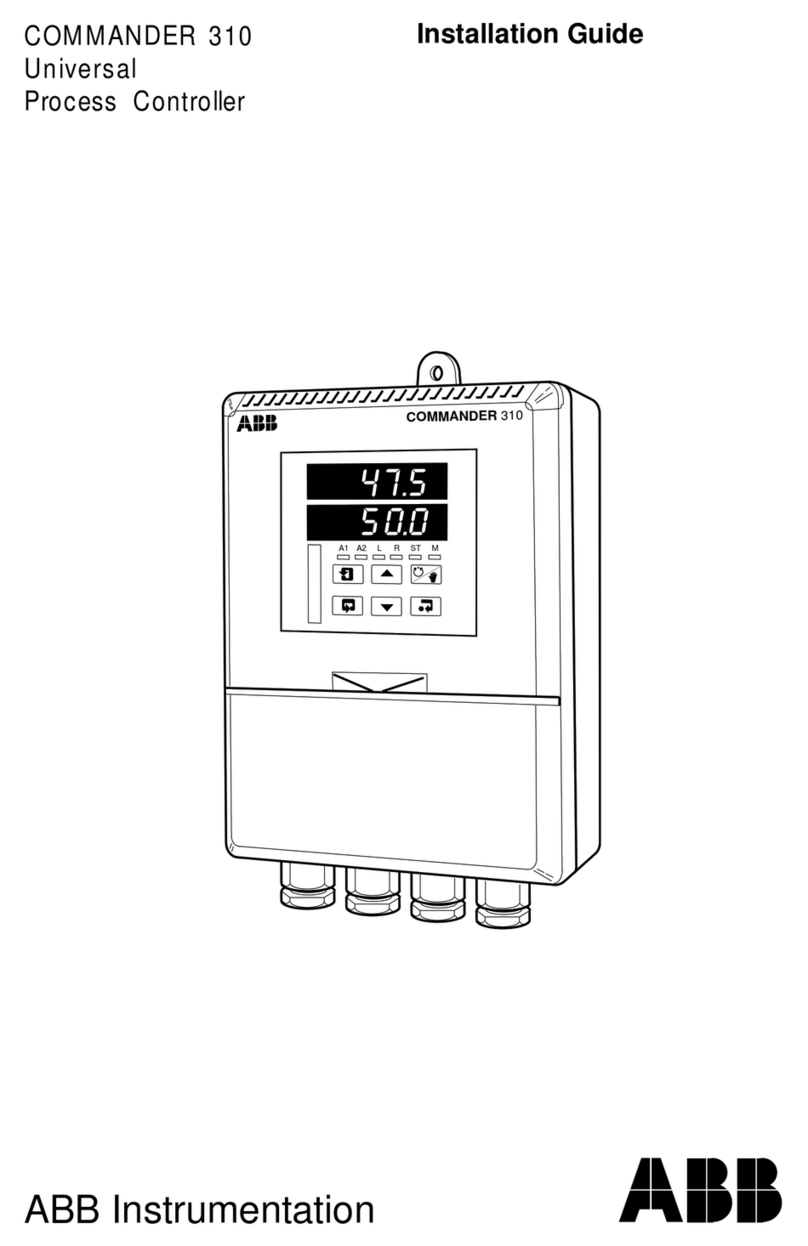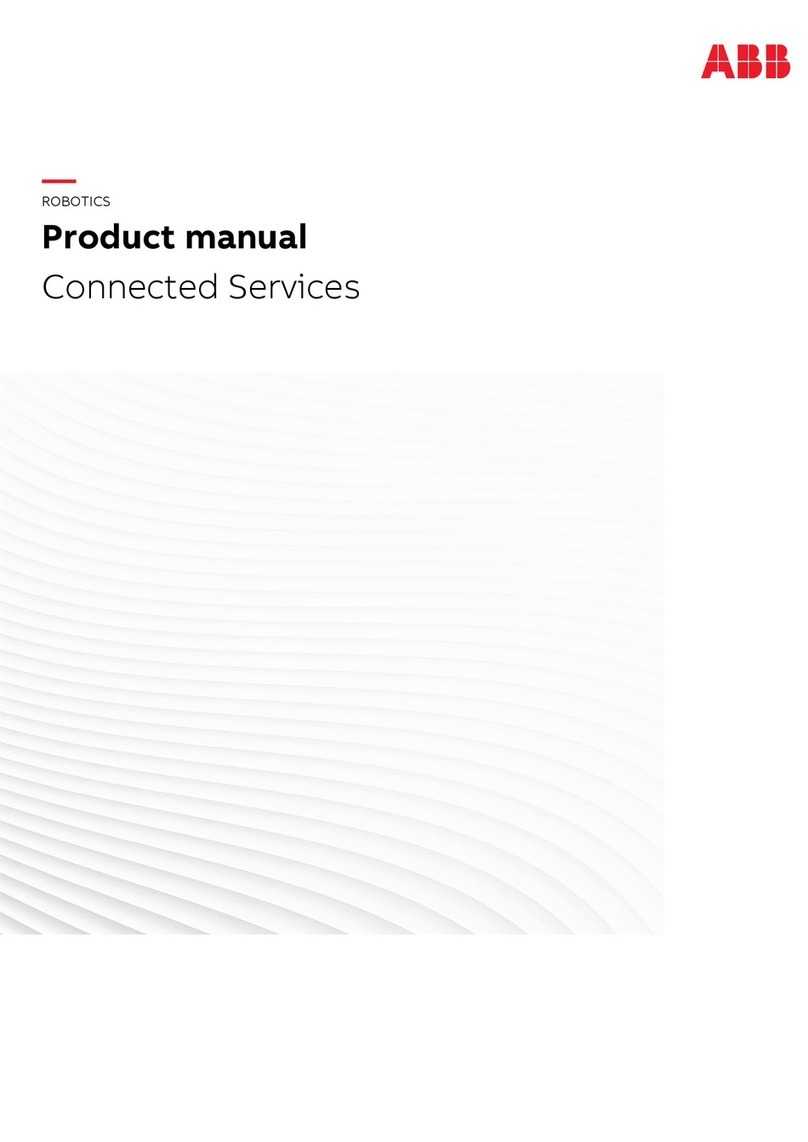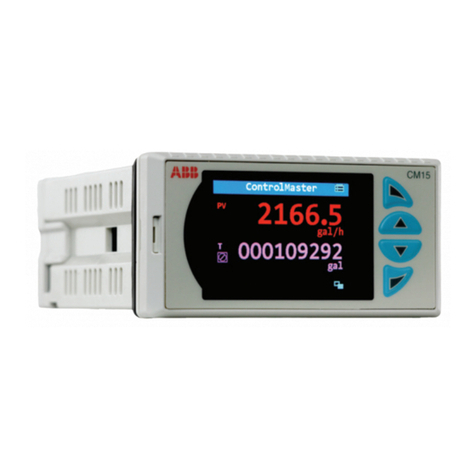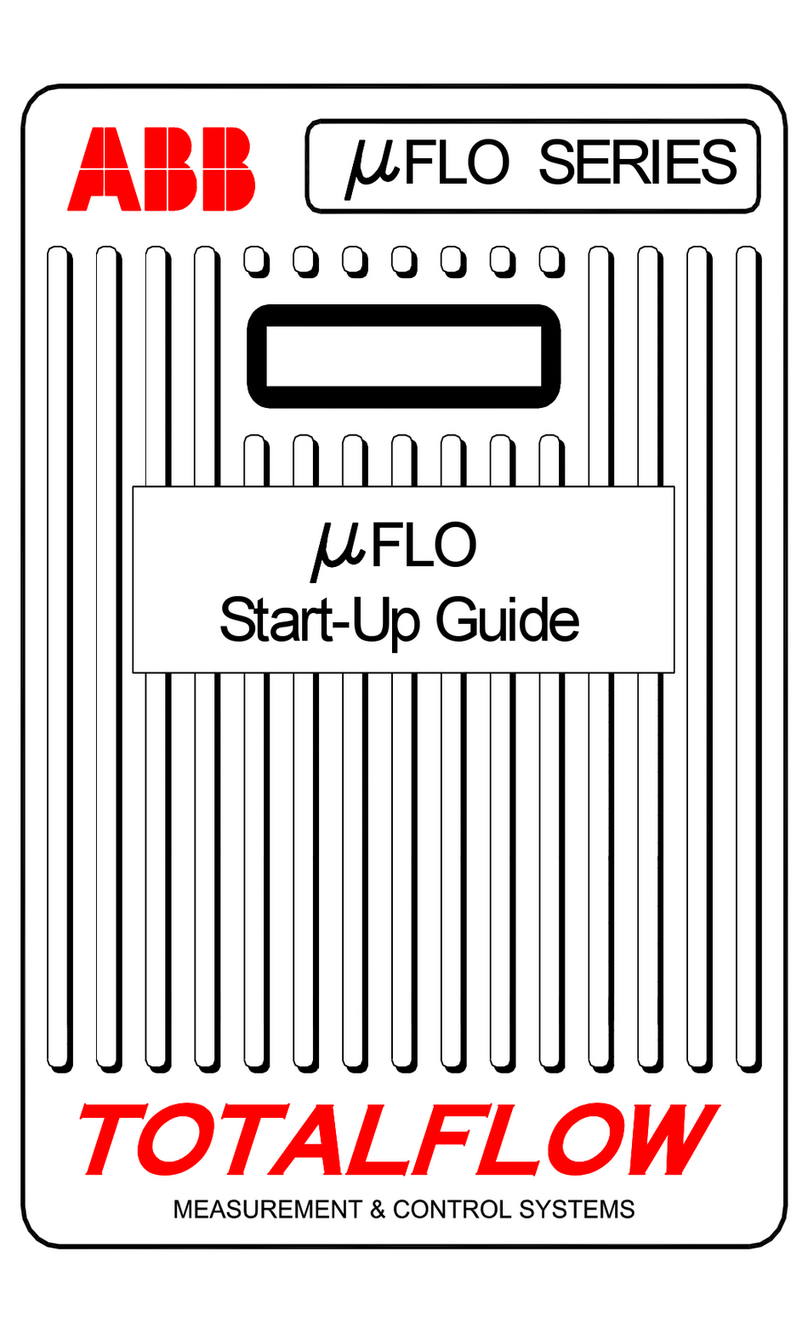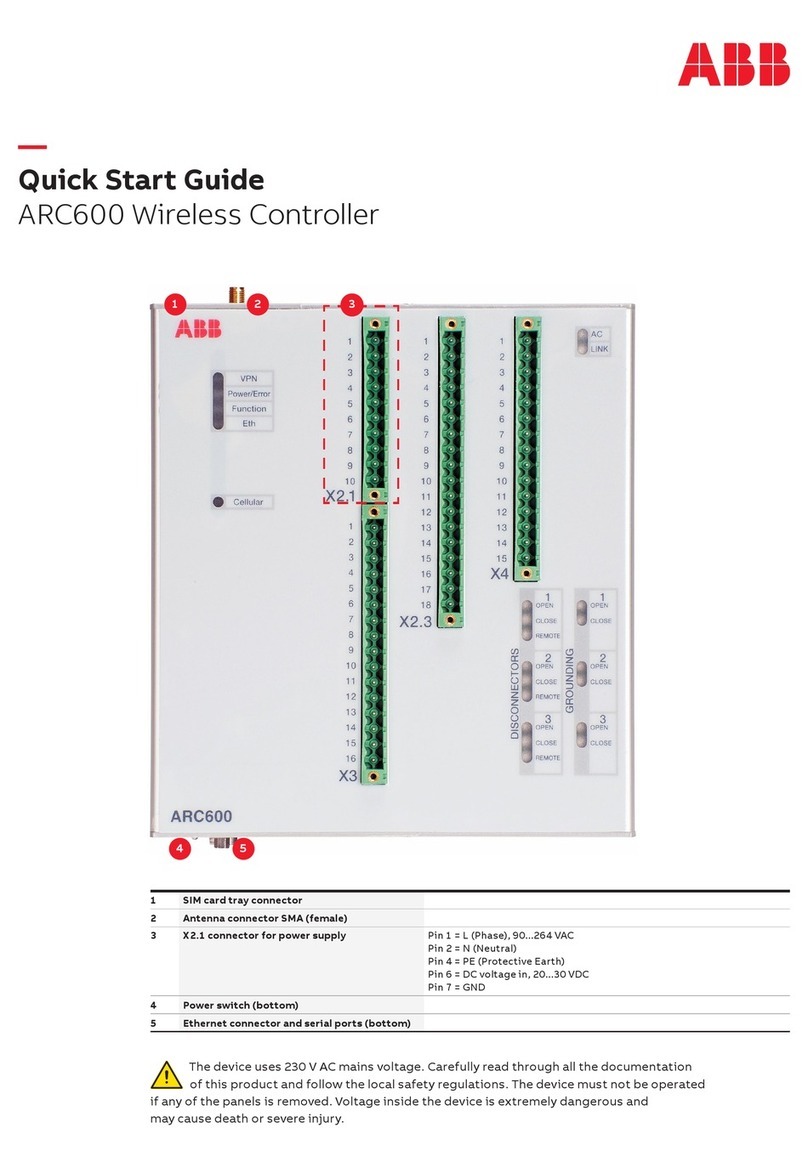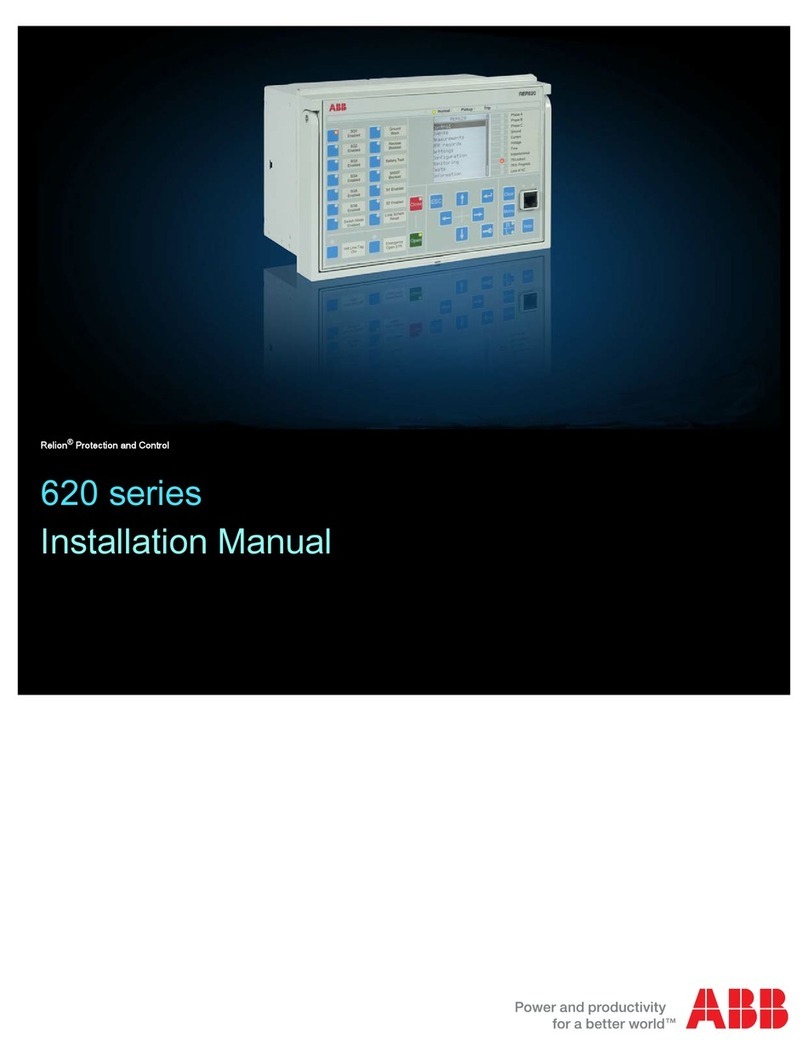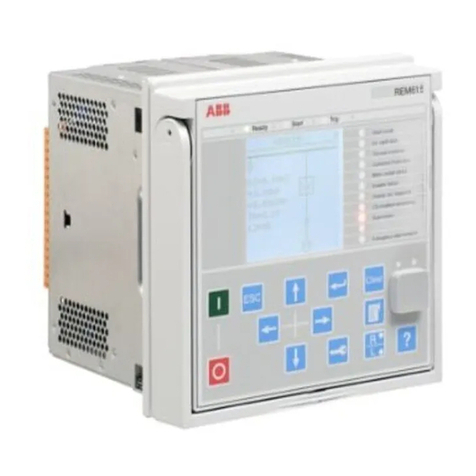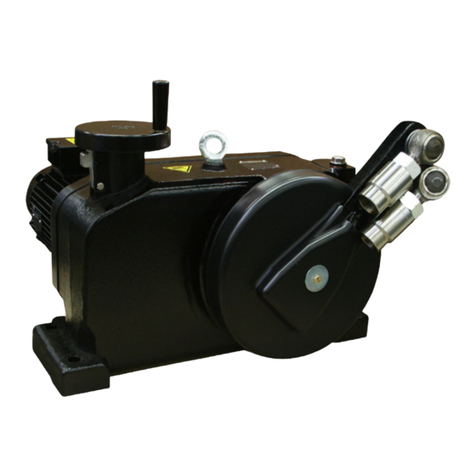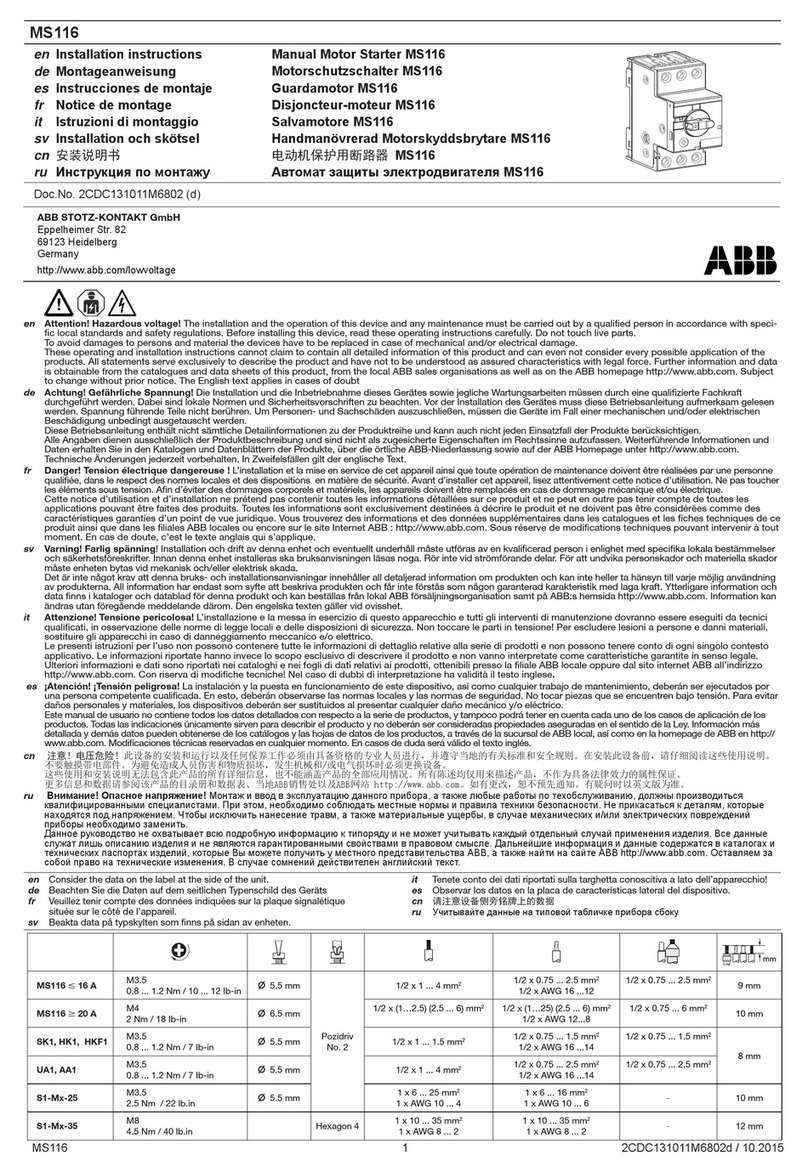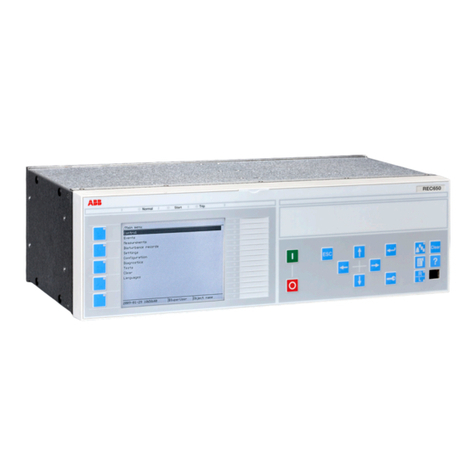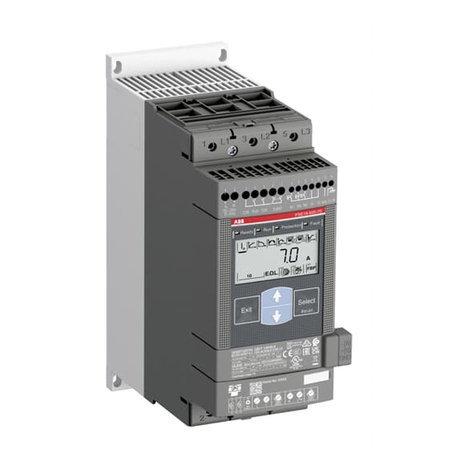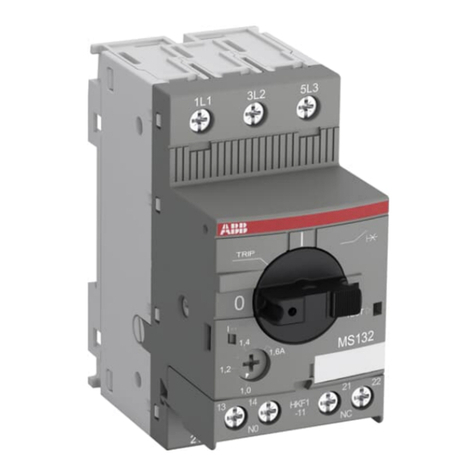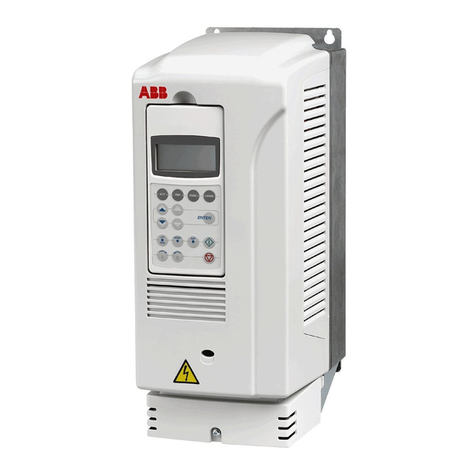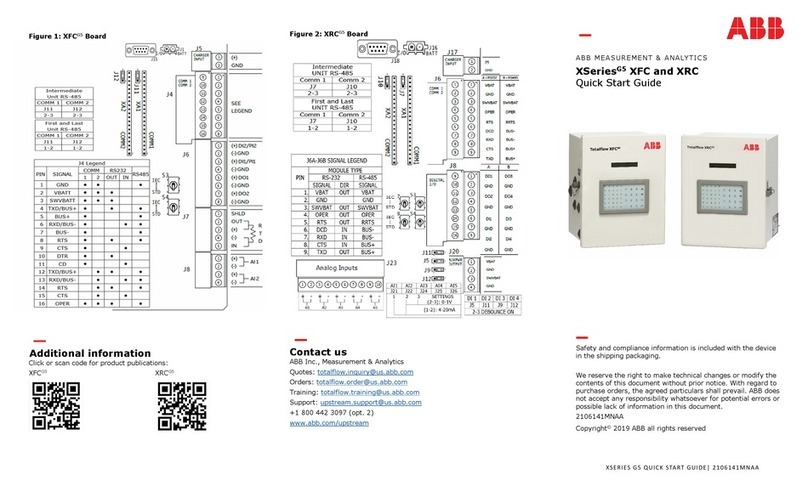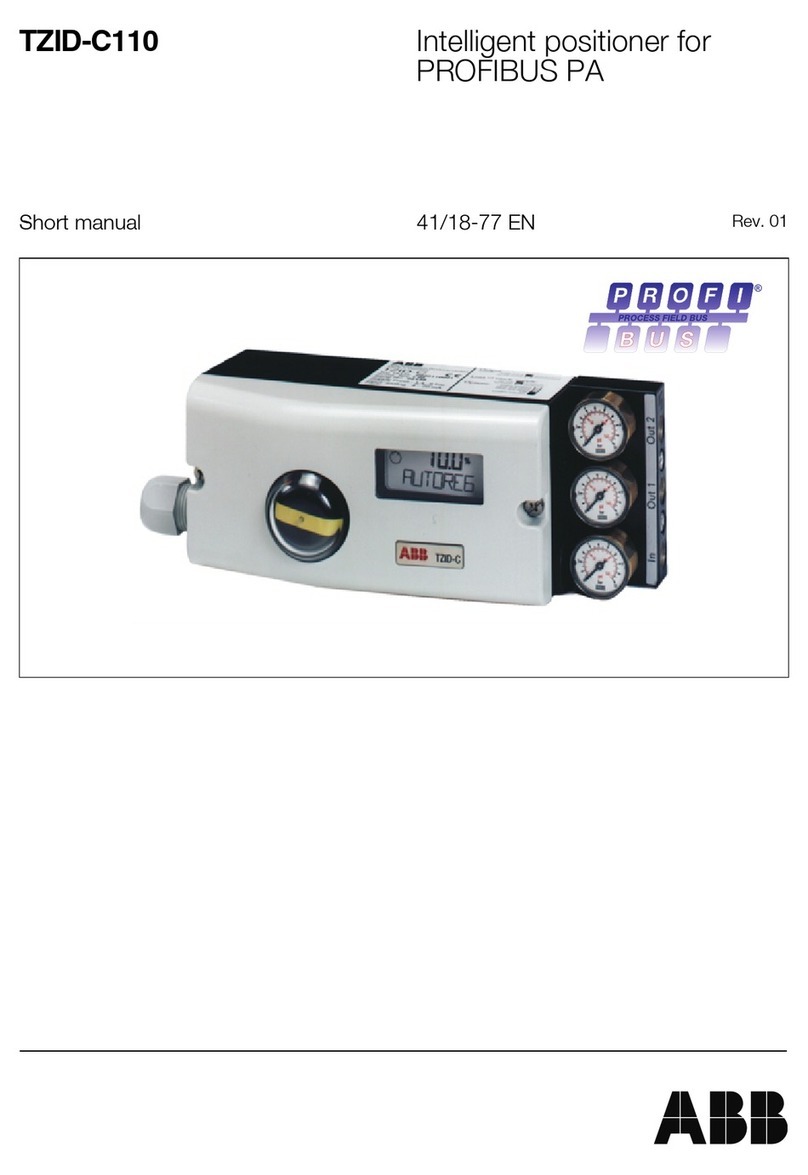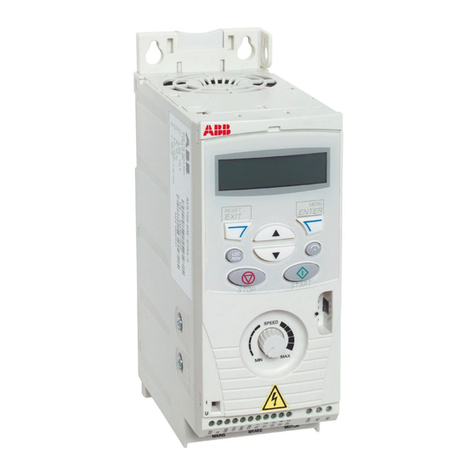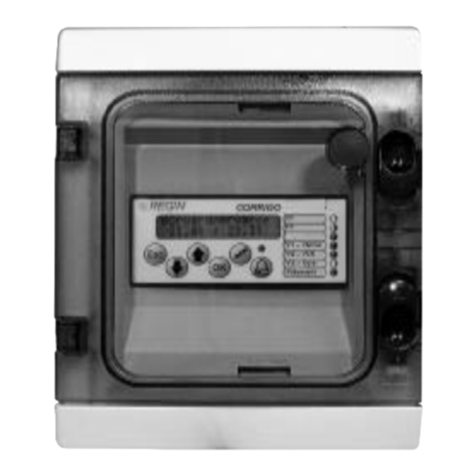
Contents
1 Introduction............................................................................................. 10
1.1 This manual.............................................................................................................................................10
1.2 Intended audience.................................................................................................................................10
1.3 Product documentation....................................................................................................................... 11
1.3.1 Product documentation set.................................................................................................11
1.3.2 Document revision history...................................................................................................11
1.3.3 Related documentation........................................................................................................12
1.4 Symbols and conventions.................................................................................................................... 12
1.4.1 Symbols................................................................................................................................... 12
1.4.2 Document conventions........................................................................................................ 12
2 Environmental aspects........................................................................... 14
2.1 Sustainable development.................................................................................................................... 14
2.2 Disposal of a protection relay ............................................................................................................14
3 Unpacking, inspecting and storing.......................................................16
3.1 Removing transport packaging..........................................................................................................16
3.2 Inspecting product and delivery items..............................................................................................17
3.2.1 Identifying product............................................................................................................... 17
3.2.2 Checking delivery items....................................................................................................... 17
3.2.3 Inspecting product................................................................................................................17
3.2.4 Returning a product damaged in transit.......................................................................... 17
3.3 Storing..................................................................................................................................................... 17
4 Mounting.................................................................................................. 18
4.1 Checking environmental conditions and mounting space........................................................... 18
4.2 Detaching and installing plug-in unit................................................................................................ 18
4.2.1 Detaching plug-in unit..........................................................................................................18
4.2.2 Installing plug-in unit............................................................................................................19
4.2.3 Sealing plug-in unit............................................................................................................... 23
4.2.4 Securing handle..................................................................................................................... 24
4.3 Mounting the protection relay............................................................................................................25
4.3.1 Required tools........................................................................................................................25
4.3.2 Flush mounting the protection relay ................................................................................25
4.3.3 Semi-flush mounting the protection relay.......................................................................28
4.3.4 Semi-flush mounting the protection relay inclined....................................................... 30
4.3.5 Rack mounting the protection relay .................................................................................32
4.3.6 Wall mounting the protection relay...................................................................................34
Contents
8 620 series
Installation Manual
